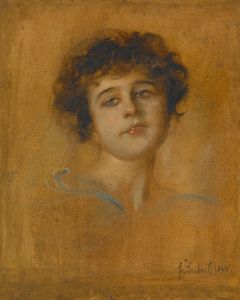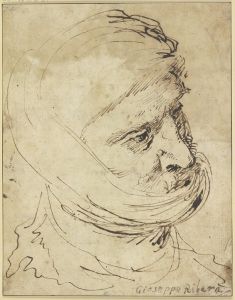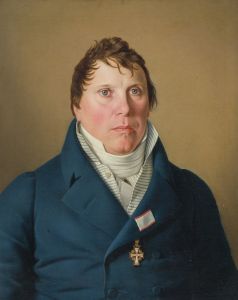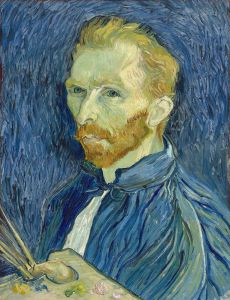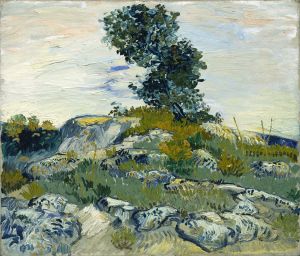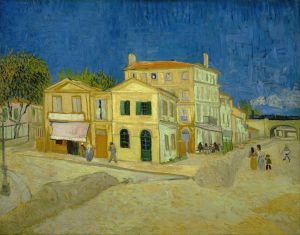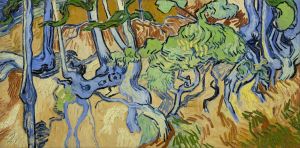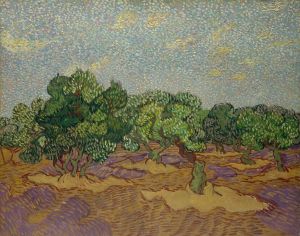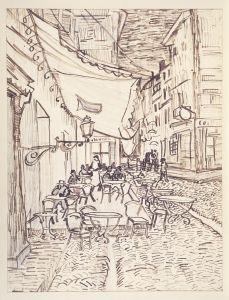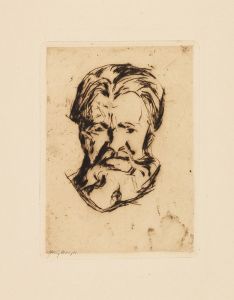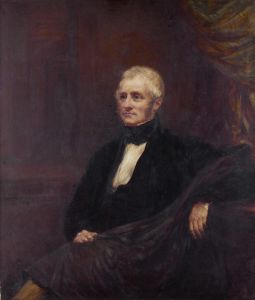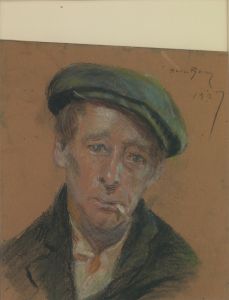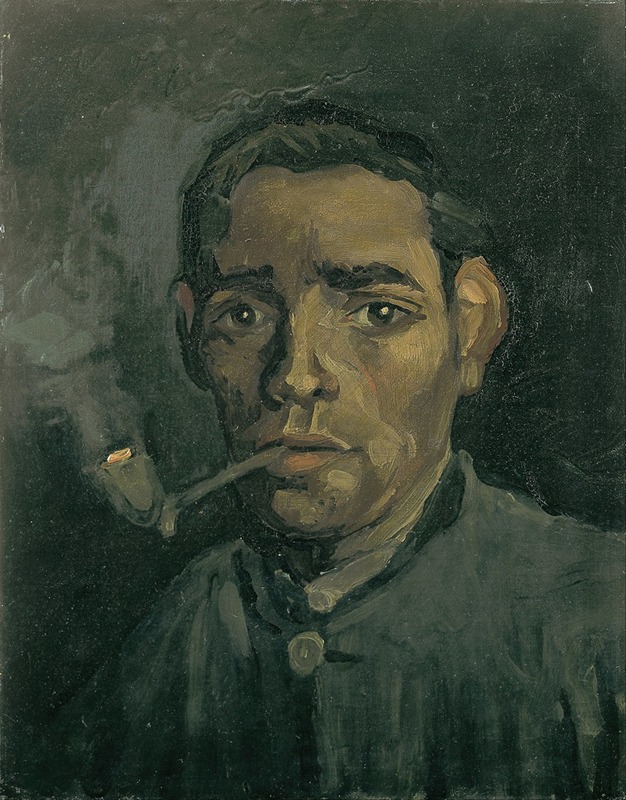
Head Of A Man
A hand-painted replica of Vincent van Gogh’s masterpiece Head Of A Man, meticulously crafted by professional artists to capture the true essence of the original. Each piece is created with museum-quality canvas and rare mineral pigments, carefully painted by experienced artists with delicate brushstrokes and rich, layered colors to perfectly recreate the texture of the original artwork. Unlike machine-printed reproductions, this hand-painted version brings the painting to life, infused with the artist’s emotions and skill in every stroke. Whether for personal collection or home decoration, it instantly elevates the artistic atmosphere of any space.
"Head of a Man" is a painting by the renowned Dutch artist Vincent van Gogh, created during his early artistic period. Van Gogh, known for his vivid use of color and emotive brushwork, produced this work while he was living in Nuenen, a village in the Netherlands, between 1883 and 1885. This period is often referred to as his Dutch phase, during which he focused on rural life and the working class, themes that are evident in this particular painting.
The painting "Head of a Man" is part of a series of studies that van Gogh executed as he prepared for one of his most famous works, "The Potato Eaters." During this time, van Gogh was deeply influenced by the Realist movement and artists such as Jean-François Millet, who depicted the lives of peasants with dignity and respect. Van Gogh sought to capture the raw, unidealized essence of his subjects, which is reflected in the somber tones and earthy palette of "Head of a Man."
In "Head of a Man," van Gogh employs a muted color scheme, primarily using browns, grays, and greens, which was typical of his work during this period. The painting features a male subject, likely a local laborer or peasant, depicted with a rugged and weathered face. The brushwork is expressive yet controlled, highlighting the contours and character of the man's face. This focus on the human face and expression was a significant aspect of van Gogh's work, as he aimed to convey the inner life and struggles of his subjects.
Van Gogh's time in Nuenen was a formative period in his artistic development. He was living with his parents, and his father was a pastor in the village. This environment provided van Gogh with ample opportunity to observe and interact with the local peasant community, which became a central theme in his work. During this time, van Gogh produced numerous studies and sketches of heads, hands, and figures, which helped him refine his skills in capturing human anatomy and expression.
"Head of a Man" is an example of van Gogh's dedication to portraying the dignity and resilience of the working class. His approach was not just about replicating physical appearances but also about conveying the emotional and psychological depth of his subjects. This focus on the human condition would continue to be a hallmark of van Gogh's work throughout his career.
The painting is part of the collection at the Van Gogh Museum in Amsterdam, which houses the largest collection of van Gogh's works. The museum provides insight into van Gogh's artistic journey, showcasing his evolution from the dark, earthy tones of his early Dutch period to the vibrant, expressive works he created later in his life.
In summary, "Head of a Man" is a testament to Vincent van Gogh's early exploration of human character and emotion. It reflects his commitment to depicting the lives of ordinary people with honesty and empathy, a theme that would resonate throughout his entire body of work.






